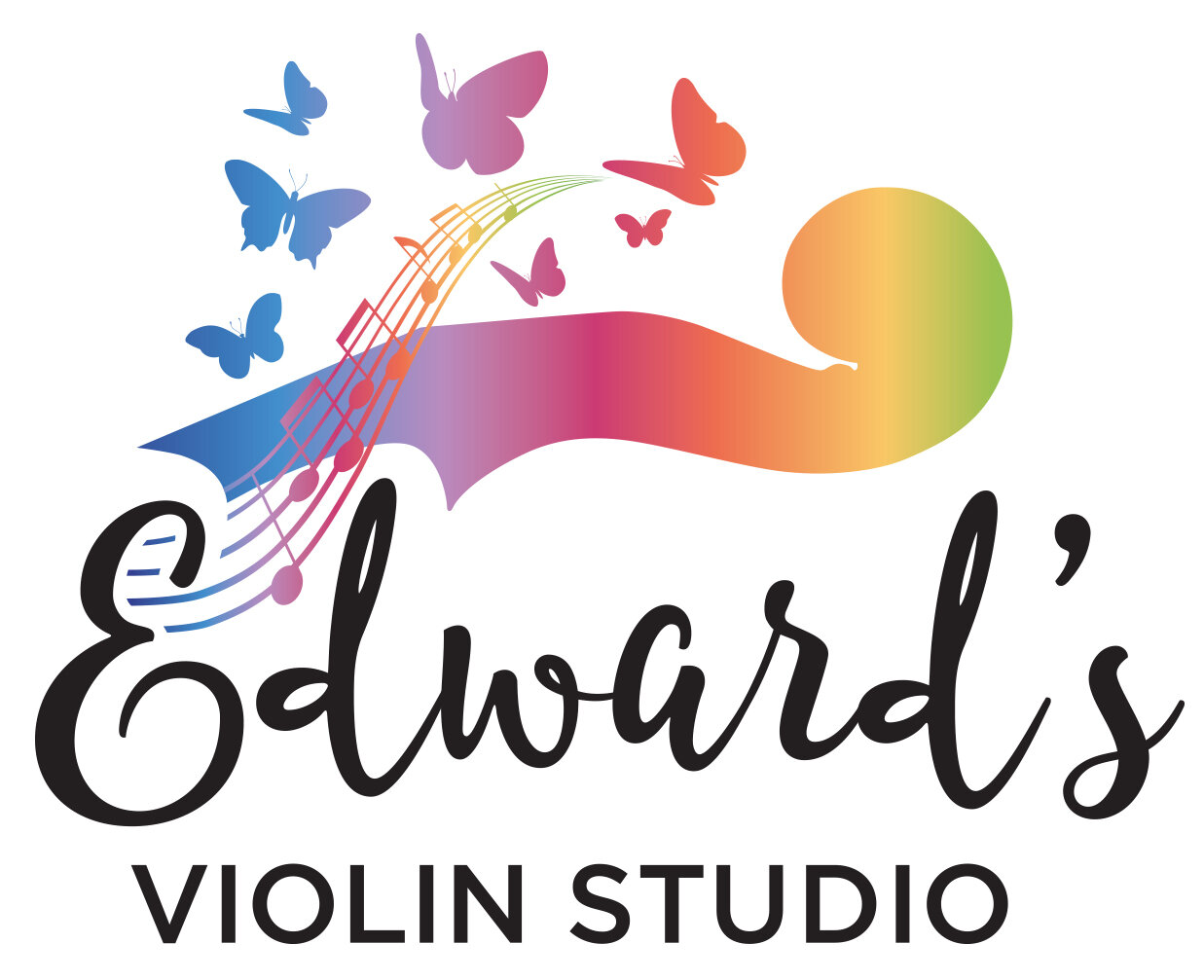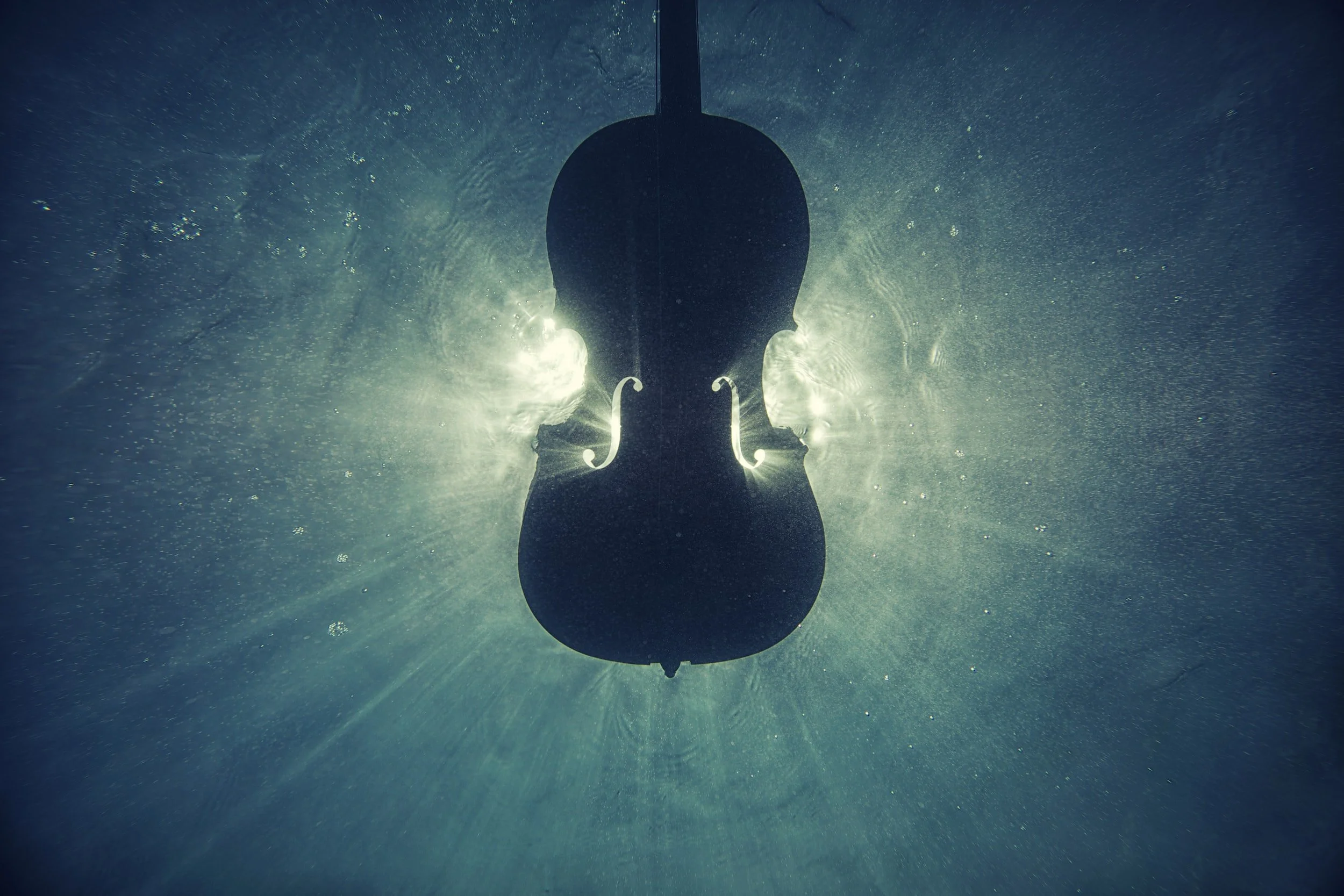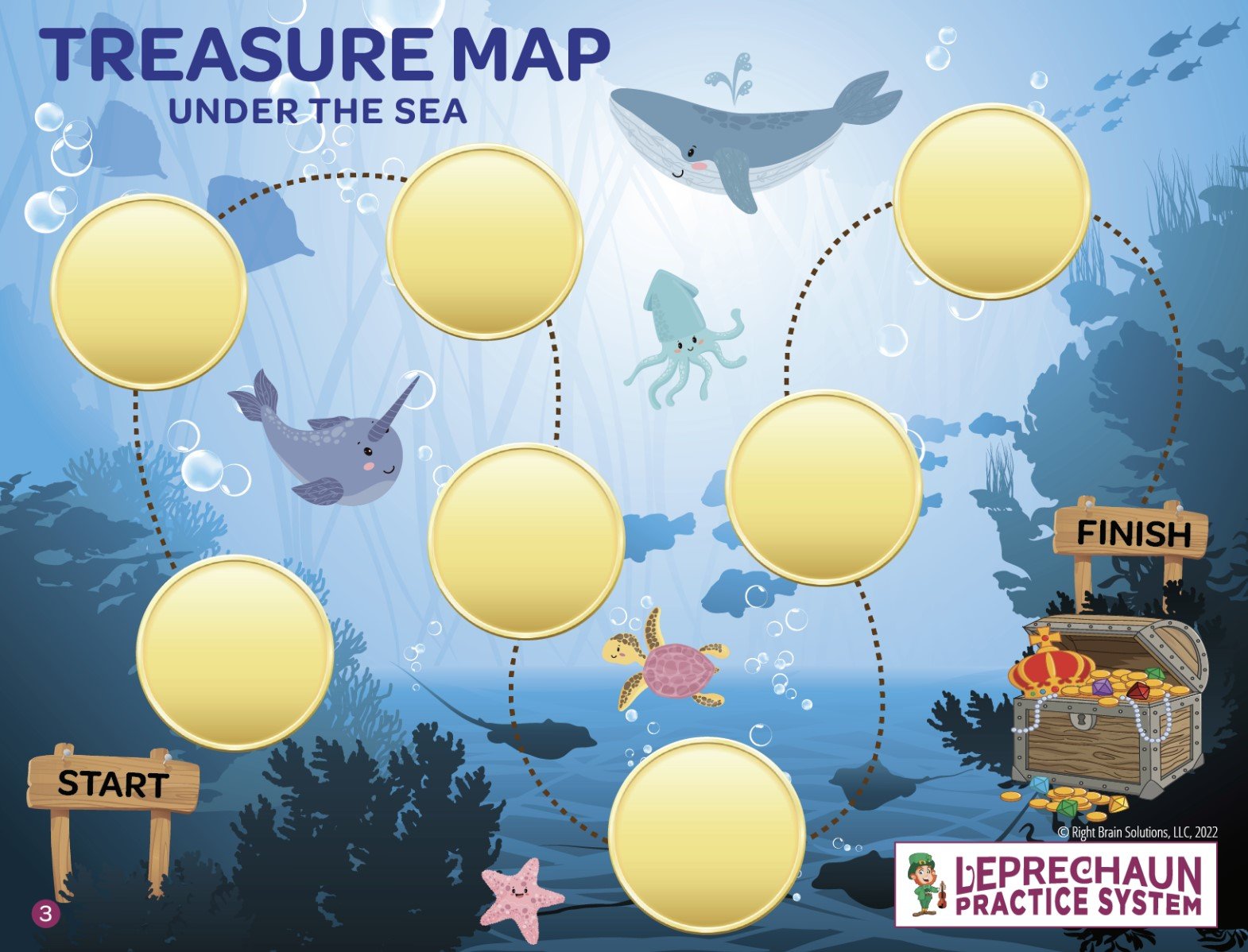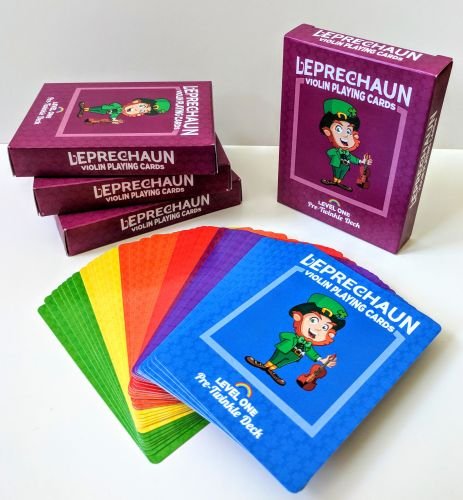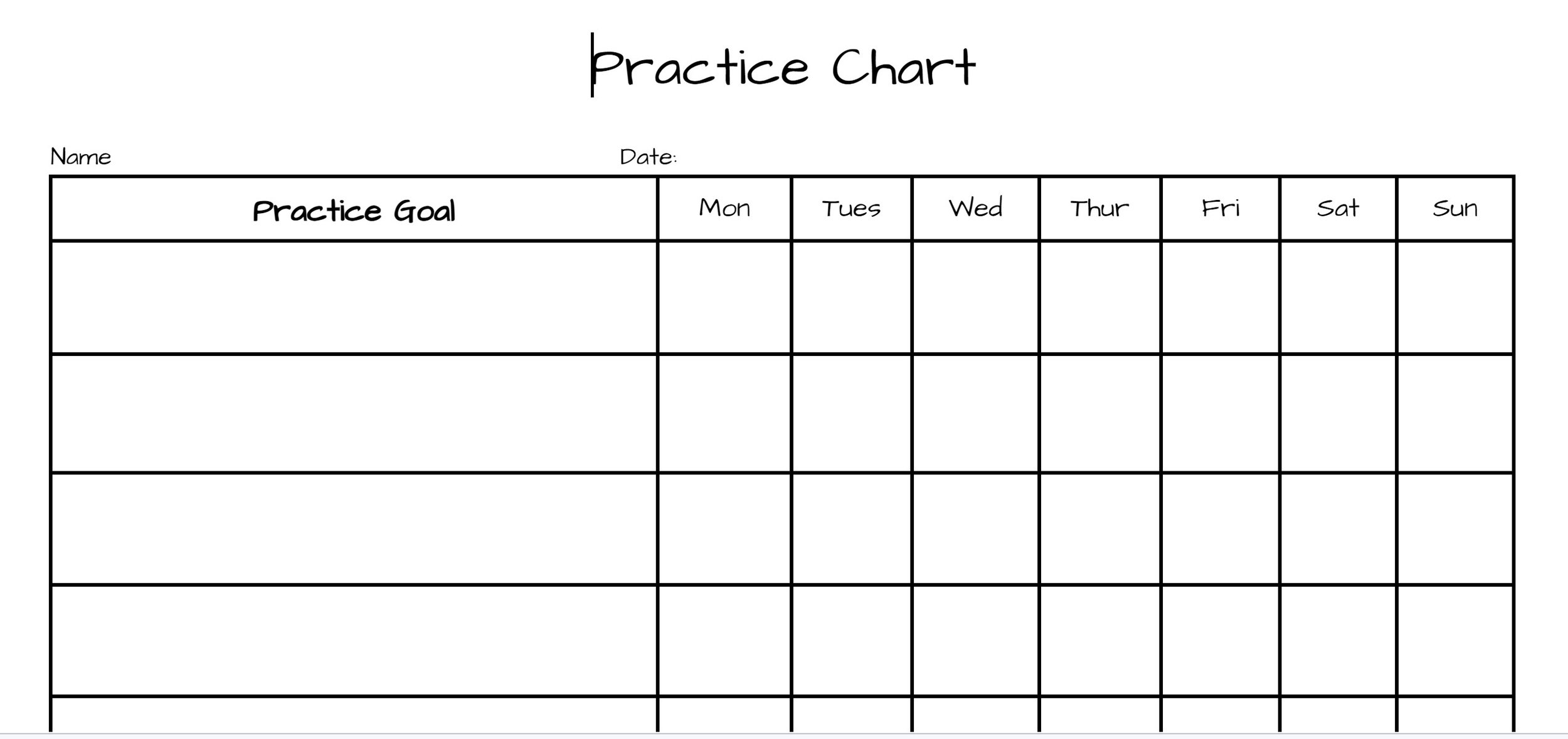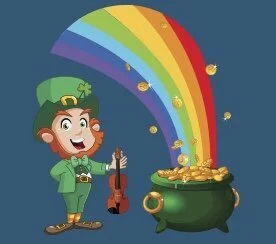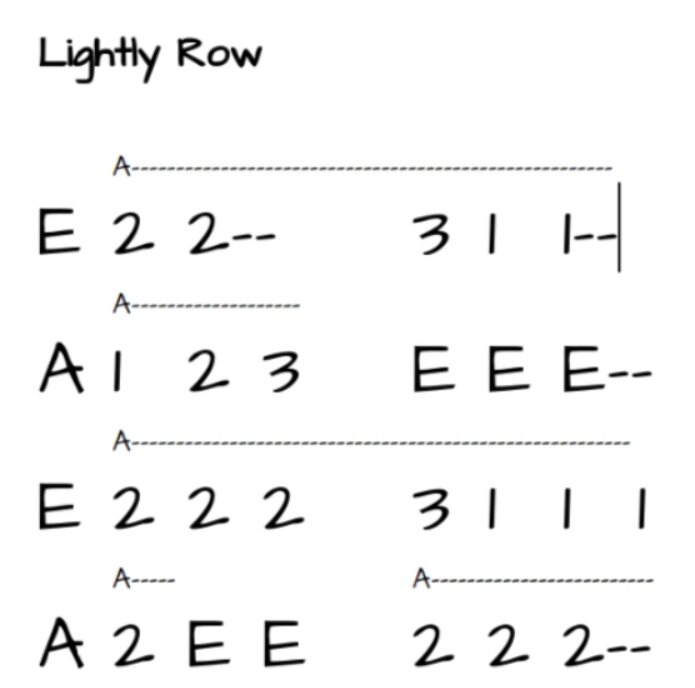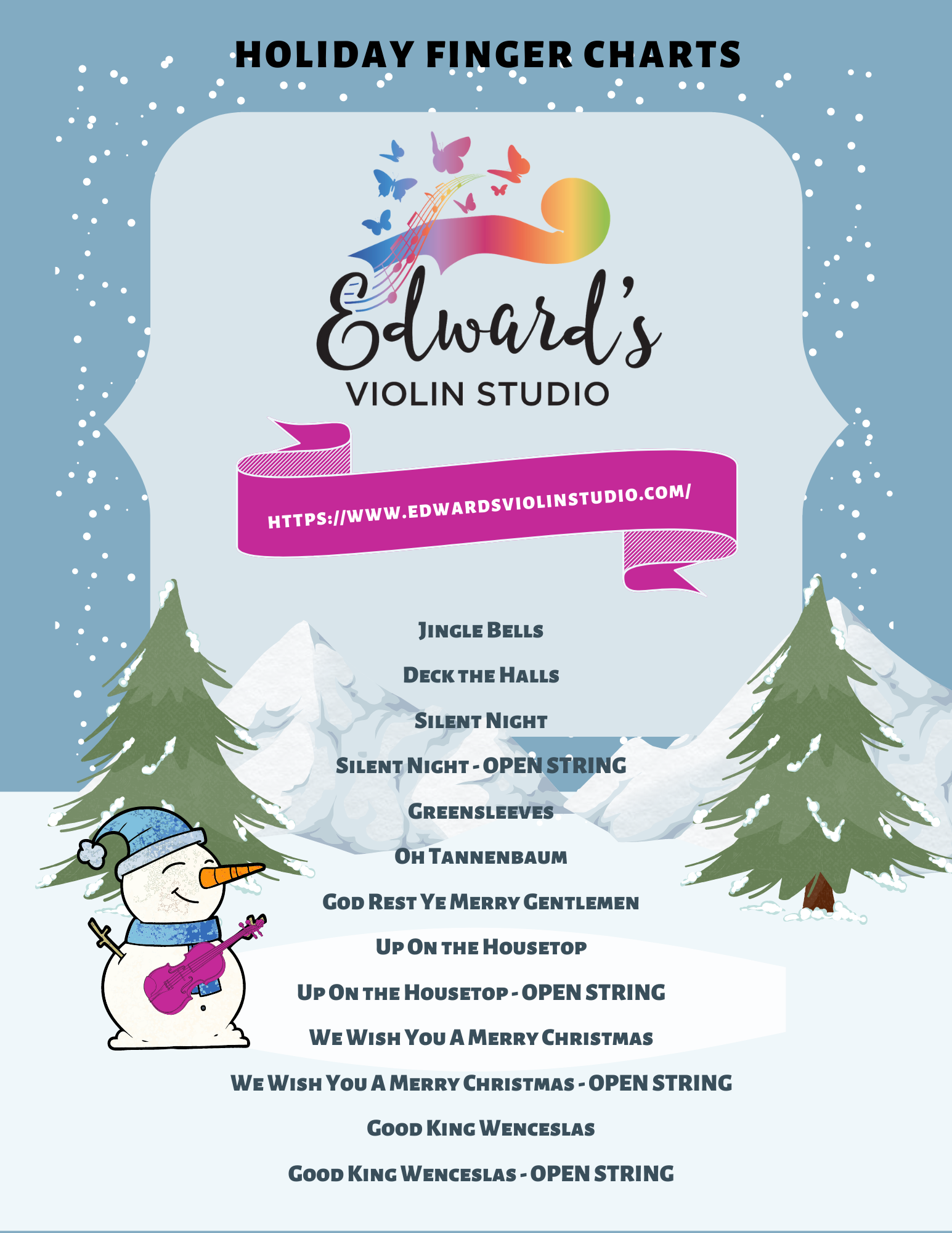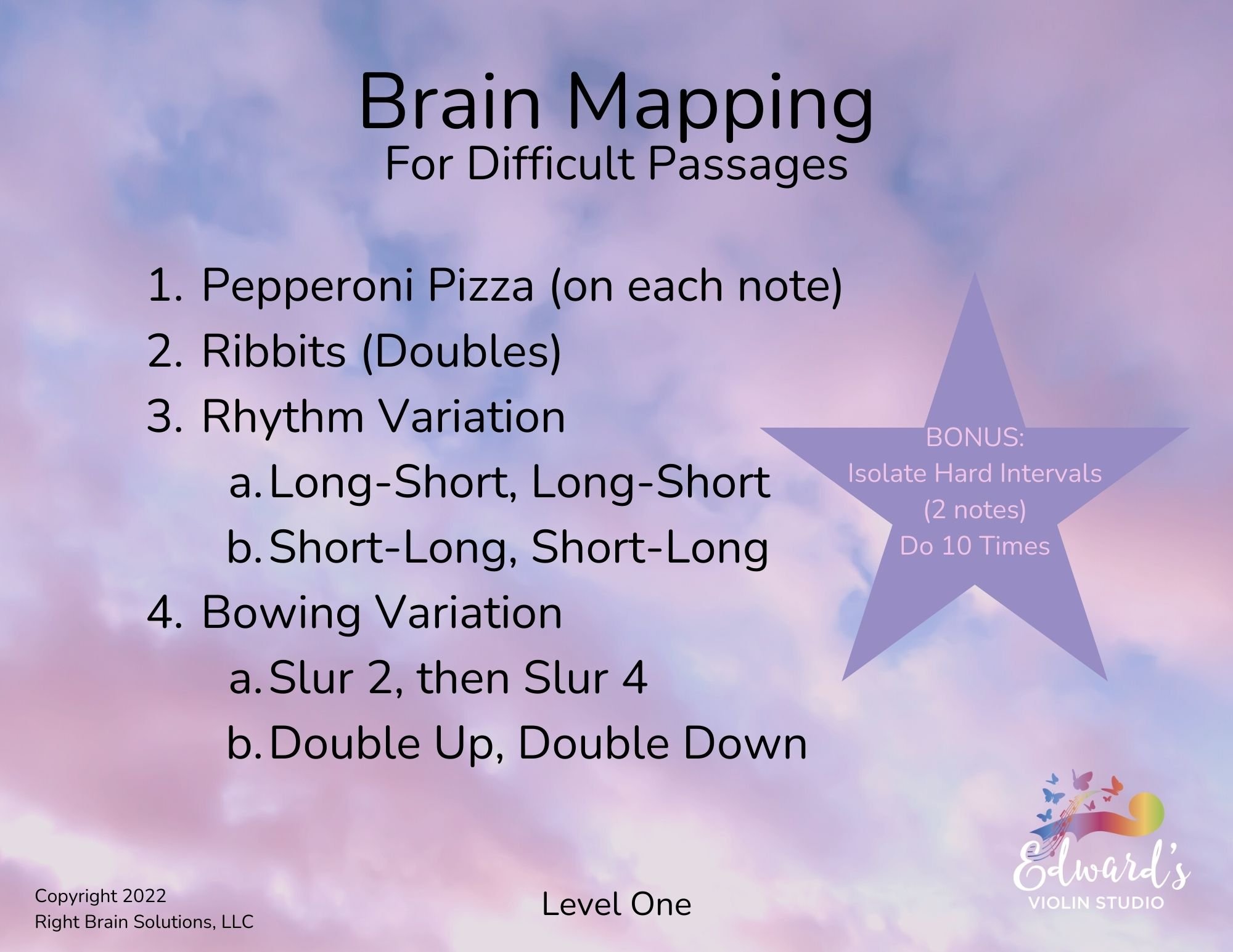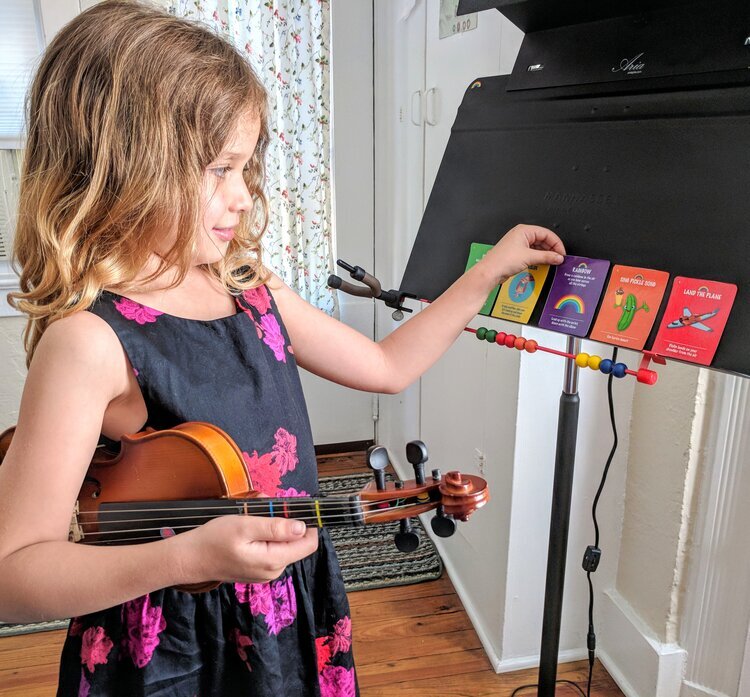3 Keys To Artistic Victory
What is playing a musical instrument all about?
For some, it is about “being the best.” For others, it is a recreational activity. Still others do it “because Mom told me to.”
In my experience, however, students who stick with it are motivated by something far deeper.
What is Artistic Victory?
Artistic victory is not like “success” in the way Americans normally define it.
It is not fame or lots of money. It is not impressing the judges on American Idol. It is not proving one’s ability by making it into the New York Philharmonic.
Neither is it a product, a commodity, or an “outcome” (think: school curriculum units). It is less like a tangible, measurable thing and more like an intangible process.
Artistic Victory is a deep internal drive that sustains musicians and artists through the long haul. When students have this feeling, their inner light turns on. Motivation and desire to practice come more easily. They start to have fun, and feel a sense of increased self-esteem.
Three Flavors
Artistic Victory comes in three flavors:
Ability
Fluency
Mastery
Artistic Victory is the feeling of ability, fluency and mastery.
Ability leads to fluency, which leads to mastery. Mastery, in turn, is a feeling of competence and control. The flow states that mastery produces further reinforces one’s feeling of ability. So they reinforce each other in a circular way.
Here’s the thing: Children can experience these at any age, and at every level of development.
Children can experience Ability, Fluency and Mastery at any age or level.
Really?? Yes. Really. At any stage of development, even when you’re a complete beginner, you can gain the feeling of artistic victory through these three flavors.
Let’s look at each in turn.
ability
How early can you start a student?
This is a question I get often.
Answer: in the womb! Listening to Mozart and Bach. And more listening up to age 2. At age 2-3 there is usually just enough spatial awareness and motor development to start the basic holds and motions.
How do we do this? Through methods that are immediately adaptable to a 3-year-old’s ability.
Even a 3-year-old can have the feeling of ability when we understand things from their perspective!
For example a simple rhyme called Open the Gate works with 3-year olds, because they instinctively will follow a rhyme and a simple body motion.
(Incidentally this also works with a room full of skeptical adults who are non-musicians.)
So a person’s age really doesn’t matter. I have had the great satisfaction of demonstrating to a parent that their three-year-old can focus, just by giving the child something they can actually do: move a practice bow up and down on their shoulder while saying a rhyme.
fluency
Art is ultimately a form of communication. Fluency is the feeling that one can actually speak and be understood, in whatever language you are trying to speak.
Fluency is the feeling that one can actually speak and be understood.
Now think about this: do children need a great deal of command of grammar and syntax and spelling, in order to be understood? No. They can get attention, ask for what they need, and speak in a way that ensures connection to the adults in their life, without a lot of technical expertise.
Children already have fluency in their mother tongue, simply by being around it. (See the section on Mother Tongue in my previous blog post.)
A related conviction is that musical experience can happen early, before a lot of complex technical development is in place. So instead of waiting until lots of technique is learned, we play duets the first lesson! Or we assist the child in getting through their first “recital” of Twinkle for their parents.
Playing in front of people is a form of fluency. We give children the experience of safety and confidence early, that only comes with getting on stage often. In the same vein, rehearsal is just as meaningful a form of “speech.” As the child learns to play with the group, or get a passage just right with the piano accompaniment, a feeling of new fluency, a new level of communication, is reached.
mastery
At whatever level, beginner through advanced, you can have the feeling of mastery.
For example, in our first lesson we hold a straw to feel how your fingers can gently hold something. If you can feel mastery of holding a straw gently, moving it up and down like a see-saw, you are on your way to mastery of the bow hold!
Another example: we hear rhythm first, so a child tapping on her knees along with a piece of music is a first “mastery” of rhythm: the aspect of pulse.
The first time you produce a beautiful sound is an exceptional moment of mastery!
Once the basics are learned, mastery comes through adding technique, shaping through dynamics, learning to shift and play vibrato, and on to memorizing a concerto and making it into your first orchestra.
the process of confidence in art
One of the things I love most about the Suzuki method is its respect of beginners.
We want to give the feeling of ability to a child in their first lesson (as well as the returning adult) to recover their sense of artistry. When the process of ability, fluency and mastery happens, Artistic Victory naturally follows.
Artistic Victory leads to the confidence that you can produce GREAT ART.
The smiles come, the happiness naturally flows, when we give them the feelings of ability, fluency, and mastery. This leads to new vistas, as new possibilities open up for artistic growth.
A great deal of momentum happens when we harness this natural process!
Wondering whether your child is ready to start?
The best way to find out is to come in person!
Schedule a call or tour, or sign up to attend our next Group Class at no cost today.
